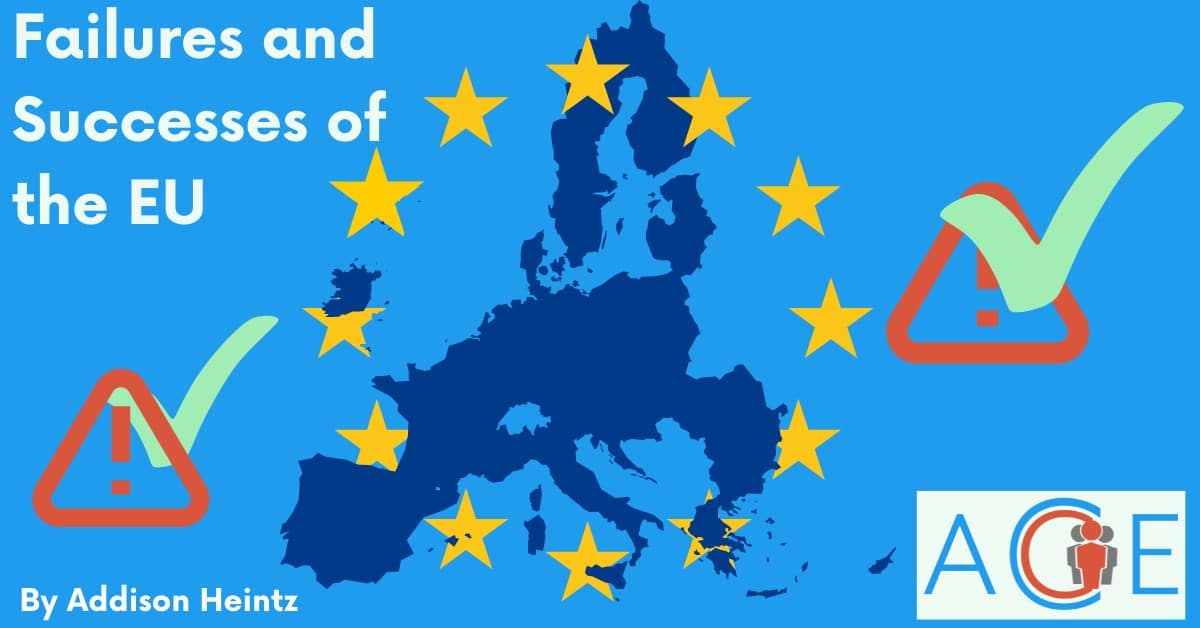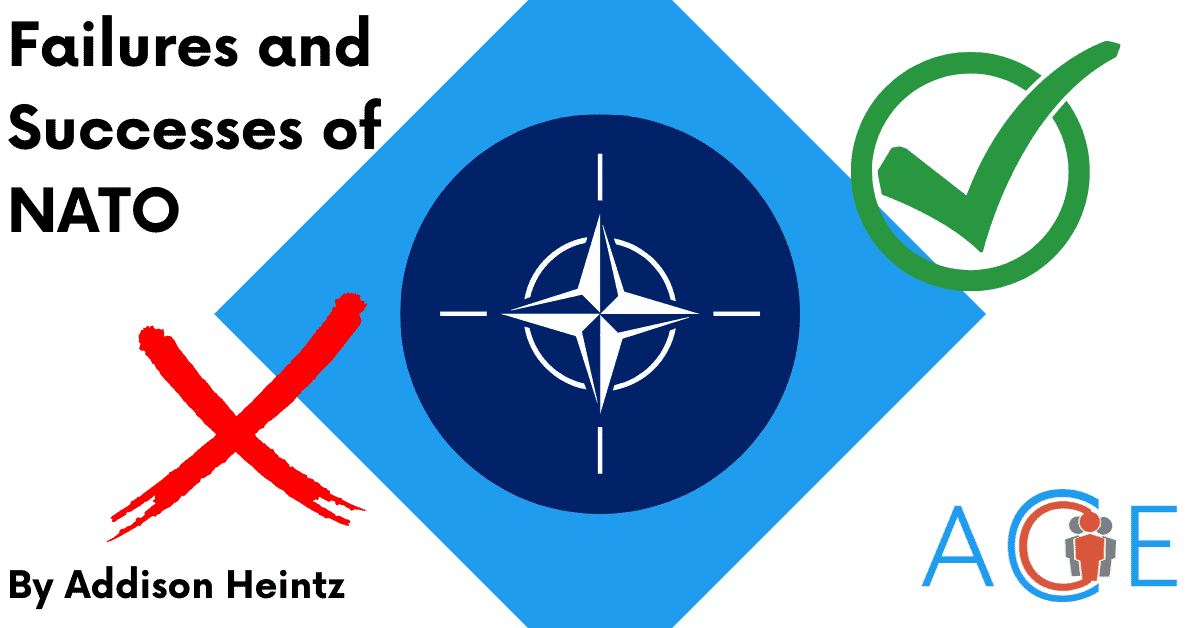Introduction
France is a founding member of NATO, the European Union, and holds permanent membership and veto power on the UN Security Council. France has influence in all three of these organizations, as well as an extensive military, with the world’s third largest nuclear arsenal. It maintains a strong diplomatic presence across the globe and was ranked first in soft power—a country’s ability to persuade others without force or coercion, often through collaboration and the shaping of positive attitudes towards said country—in 2017 and 2019. For these reasons, the United States’ relationship with France is one of the country’s most important diplomatic relationships, as French actions impact American interests.
Quick Facts
- Population: 68.3 million
- Capital: Paris
- Official Language: French
- System of Governance: Semi-Presidential Republic
- President: Emmanuel Macron
- Prime Minister: Elisabeth Borne
- GDP: 2.937 trillion (2021)
- Currency: Euro
History of U.S.─France Relations
France is the United States’ oldest ally. The relationship between the United States and France began during the Revolutionary War, when France allied with the American colonists against Great Britain in 1778 through both a military and economic Treaty of Alliance. This alliance with the United States was essential to the American victory.
During World War 1, the United States entered the war on the side of the Allies and sent millions of American troops to France to fight on the Western Front, where U.S. troops were essential in turning the tide of the war against Germany. The U.S. and France were also allied in World War 2, and the U.S. was essential in liberating France from German occupation.
In 1949 France and the United States entered a military alliance once again through the founding of NATO. France supported the United States during the Cold War but had its own interests to look after as well. Due to disagreements over the French nuclear program, France withdrew from NATO’s military command structure in 1966. Prior to the United States joining the Vietnam War in 1964, the U.S. supported French opposition to the Viet Minh through military assistance. When France lost control of Vietnam the United States became the dominant western power in the region, to the dissatisfaction of France.
The two countries cooperated against Iraq during the Persian Gulf War but France later opposed the Invasion of Iraq in 2003. Relations once again became friendlier in 2007 with the election of Nicolas Sarkozy to the French Presidency. Sarkozy was pro-American, and he returned France to full NATO membership. In the years following, the two countries cooperated in several counter-terrorism operations and were strong allies.
The election of President Donald Trump weakened French opinion of the United States. In particular, President Trump’s withdrawal from the Paris Climate Accords (2017) and the Iran Nuclear Deal (2018) were heavily opposed by France. In 2020 the United States established tariffs on French imports over France’s digital services tax, which impacted American tech companies. In 2021 France recalled their ambassador to the United States for the first time ever over the AUKUS crisis. AUKUS is a security pact between the U.S., Australia and the U.K. and France viewed its exclusion as a betrayal. This pact also led to Australia canceling a major, lucrative submarine deal with France without warning. Despite conflicts between the U.S. and France, relations have recently strengthened due to collaboration against Russia after the 2022 invasion of Ukraine.
Strategic Interests
- Security: France is an invaluable ally to the United States in global security efforts. It is a principal member of NATO, and took over the presidency of the Council of the European Union in January, 2022. Cooperation with France is necessary to create a unified front against global threats, such as the Russian invasion of Ukraine. France has dedicated $2 billion in financial aid to Ukraine and, through the European Union, has imposed several rounds of sanctions on Russia. The United States relies on French support and action to jointly combat security challenges across the globe.
- Trade: France is a valuable trading partner for the United States, and in 2019, the two countries traded more than $138 billion in goods and services. France is the United States’ third largest trading partner in Europe, and in 2020 they made up roughly 1.9% of U.S. trade. The main U.S. exports to France include industrial chemicals, aircraft and engines, electronics, scientific and medical instruments and supplies, and broadcasting equipment. The U.S. is the top destination for French investment, and the U.S. is also the largest foreign investor in France. The two nations have a bilateral convention on investment, and create a tax treaty bilaterally to address the issues of double taxation and tax evasion that can often occur through international trade and investment. Trade and investment with France is a major source of job creation in the United States, further emphasizing the importance of the economic relationship.
- Counter-Terrorism: France is one of the central allies in the United States’ ‘War on Terror.’ It runs several counter-terrorism initiatives, and provides aid for U.S. operations across the globe.
- West Africa: This is one of the principal regions where France has been involved in combating terrorism. Operation Serval is a military operation in Mali that began in 2013 which aimed to stop Islamic militants’ push from northern Mali into the country’s center, and towards the capital. The operation received financial and military support from the United States and was a relative success, as it pushed the militants back, but left the country unstable. Mali has undergone two coup d’états since, one in 2020 and one in 2021. To this day, France maintains a smaller presence in the country fighting militants and receives support from the United States.
This is just one example of counter-terrorism cooperation between the two nations. France has also allied with the United States in other operations, such as through membership in the Combined Task Force 150 which aims to fight maritime terrorism and criminal activity in the Arabian Gulf.
Right-Wing Nationalism: The right-wing nationalist movement has gained popularity across Europe in recent years, and Marine Le Pen, the leader of the French National Rally party is a prime example of this ideology. Despite losing the 2022 French presidential election to Emmanuel Macron, the far-right performed historically well, gaining more than 40% of the vote. Marine Le Pen represents a growing trend of extreme nationalism in France, and has publicly spoken out against the EU and NATO. She believes that French laws should take precedence over laws of international organizations, denounces U.S. influence in France, and is viewed to be sympathetic to Russia. Losing French support in areas such as NATO would be a critical blow to the United States and its allies.



